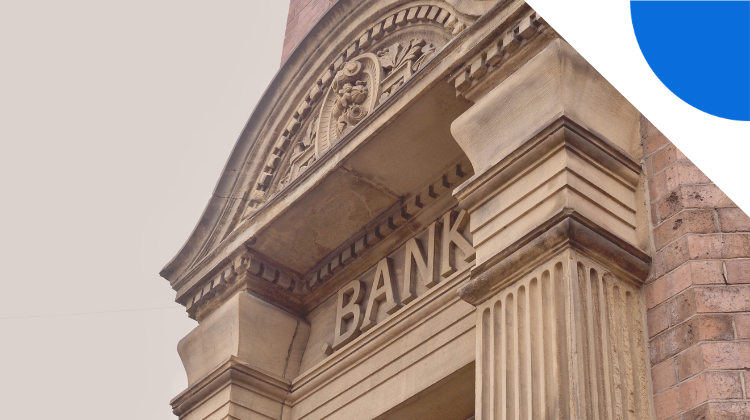Banking
Sweep up my money, there is a bank run: Sweep networks for banks and fintech
- With SVB’s downfall, multiple companies need to find a solution for their funds that can insure a lot more money than the FDIC limit.
- Sweep networks help depositors break their funds into chunks that can be insured, and help companies place them across partner banks. How does this help and is it foolproof?








